Whether you’re a hobbyist or an aspiring food photographer, we all make some mistakes initially in our career. If you’re not careful, these five food photography mistakes can ruin your photos before you even hit the shutter button. While to an outsider it may look easy to take pictures of food, there are many things you need to consider like lighting, styling, composition as well as editing images. Let’s have a look at these five common mistakes so we can put an end to these and start producing beautiful images of your culinary creations.

Using Bad Lighting For Food Photography
Bad lighting is one of the most common mistakes you can make when shooting food. You can have the most beautiful props, a well thought out composition and creative editing but if the lighting in your images is not up to par, nothing else will matter. Whether you’re using natural or artificial light, the key is to understand the physics of light and how to manipulate it to get the desired result you want. If you’re just starting out, I suggest shooting as close to a window as possible with all overhead lights turned off. Ensure all other windows are blocked off.
Inadequate Composition Techniques
An easy and common mistake when it comes to food photography is using poor composition when styling your food. When it comes to composition, the goal is to highlight and draw the viewer’s eyes to the hero food first and foremost. The eye should then travel to various parts of the image but the focus should always be on your main subject. To start your composition, focus on your main food item and then add one or two supporting elements in the form of props to fill your composition. Consider using the rule of odds to balance your scene. Ensure that you are using minimal patterns when it comes to your backgrounds and props so that the focus remains on the food and not the supporting cast of props. Finally, if you are using compositional rules, choose one to rules ony. Don’t try and incorporate too many at one time.
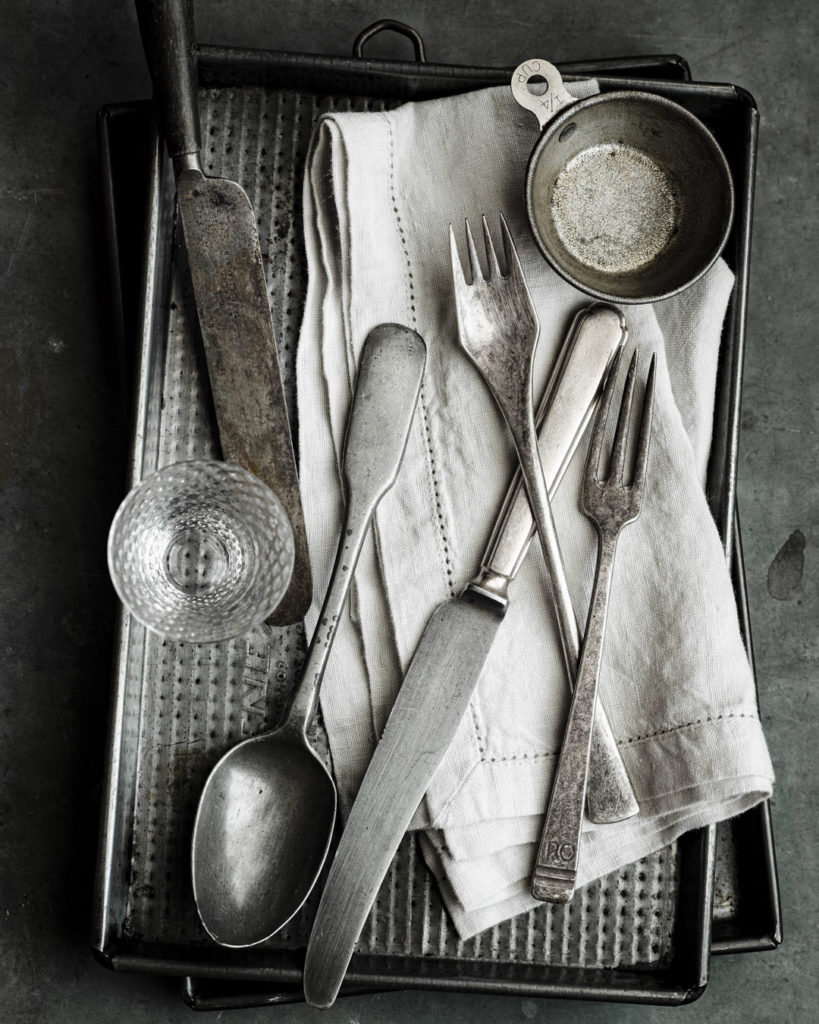
Poor Cropping Techniques
How you crop your hero food and the supporting elements in your food photos can really make or break an image. Common mistakes food photographers can make is cropping both sides of the hero image, shooting too close to the main subject such that there is no sense of place or zooming out far too much so that there’s so much negative space that the image looks unbalanced. As a rule of thumb, if you’re shooting on a DSLR, I’d recommend zooming out so no part of the image is cropped. You can then harness the power of cropping in post production or even whilst tethering. If you’re shooting tethered, you can crop during your workflow using crop guides.
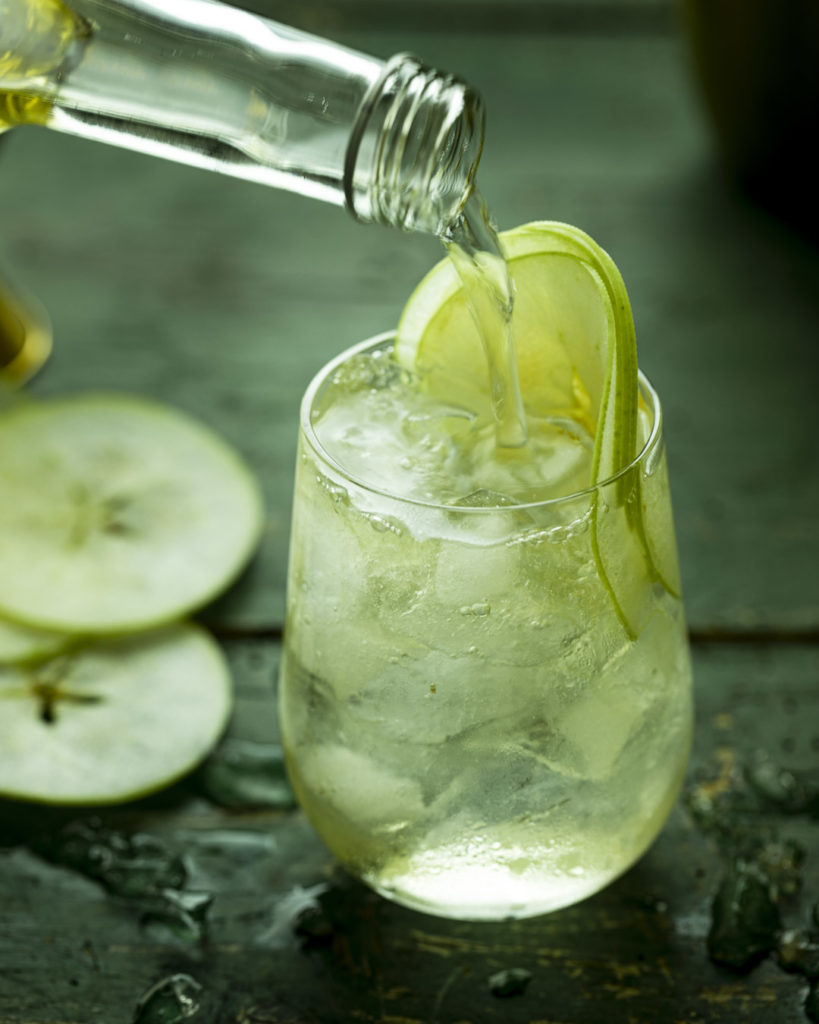
Shooting on Auto Mode
If you own a DSLR, there really is no reason why you should be shooting on auto mode. The benefits of manual mode far outweigh auto. Shooting manual will allow you to be in control over the creative vision of your food images. Manual mode gives you the ability to tailor the settings to any light condition so you’ll never be in a position where you feel stuck in poor lighting conditions and your exposure will always be on point. When you have a thorough understanding of aperture, shutter speed and ISO, you’ll be able to control the bokeh in your images, movement as well as the sharpness of your food photographs. So understanding how you can control these settings in manual mode will increase the visual appeal of your food photography.
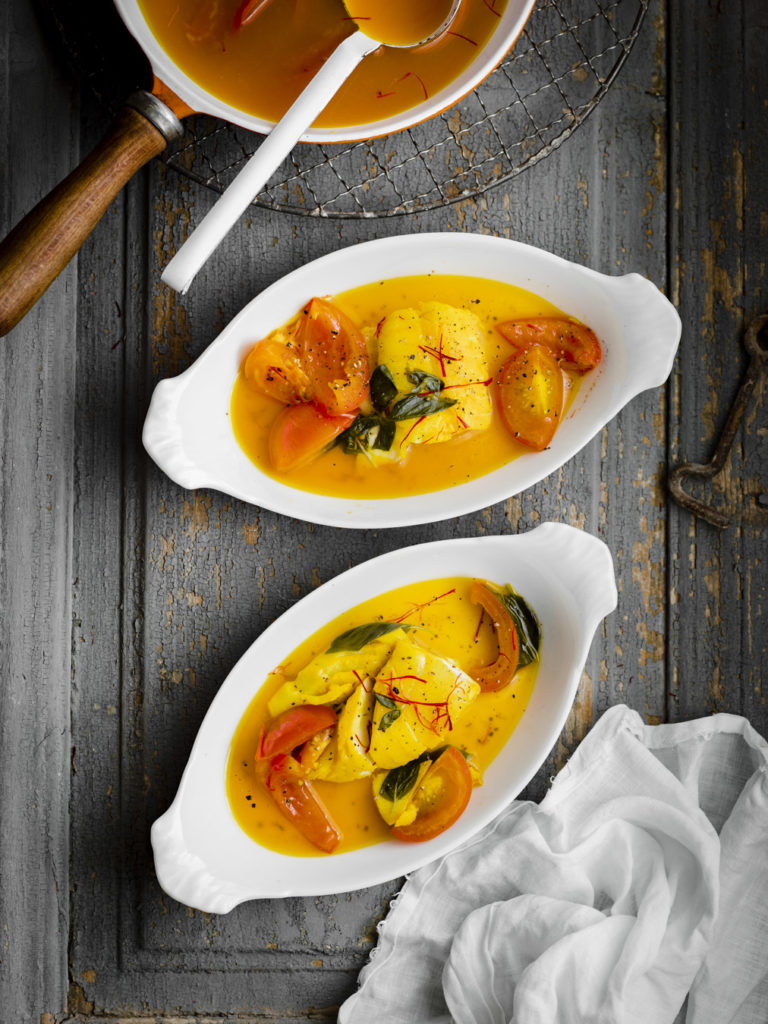
Photographing at certain times of the day only
As a food photographer, your job is to be versatile when it comes to lighting. So even though the light might be perfect at certain times of the day, you need to have the skills required to be able to manipulate any type of light. Get out of your comfort zone and start shooting in various lighting conditions such as hard light, bounced light and indirect light. The more you work with different types of light, your skills and ability as a food photographer to control different types of light will only get better. This means that when you’re professionally working for a client, you won’t be fazed under pesky light situations.
If you’re interested in becoming a professional food photographer, educating yourself and avoiding making these five common food photography mistakes will make the biggest difference in the quality of your food photos. Are you guilty of any of these five food photography mistakes? Let em know in the comments below.
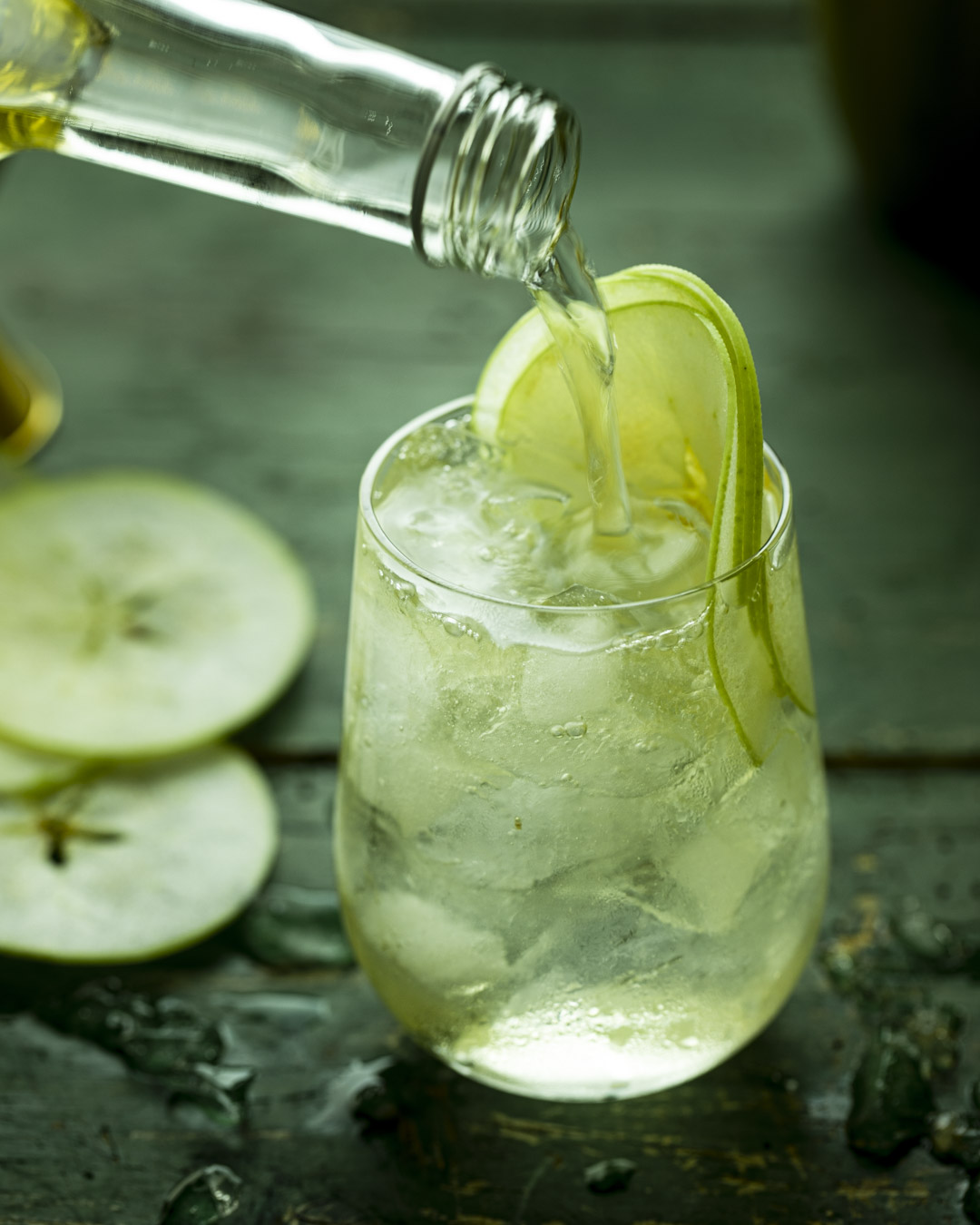

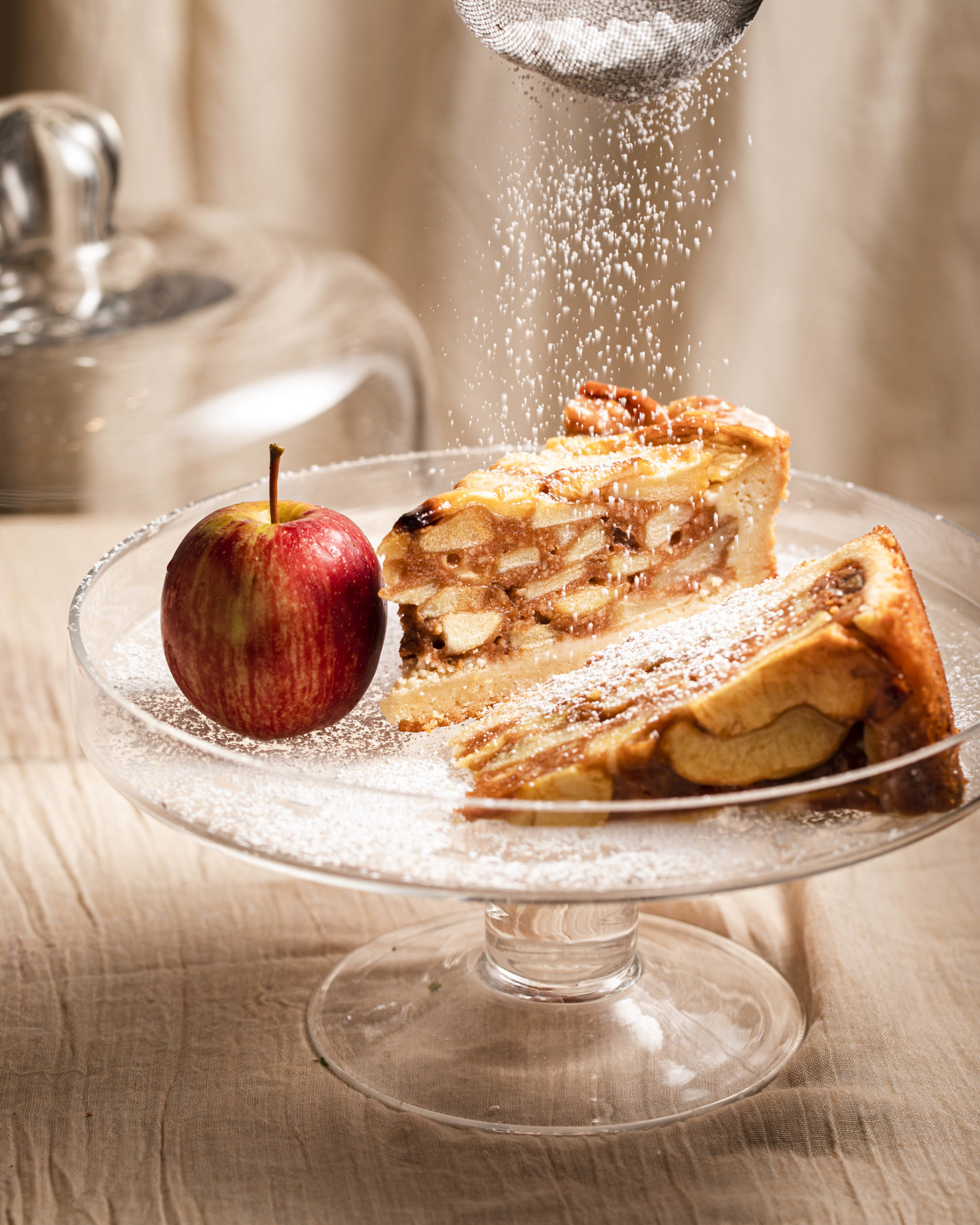
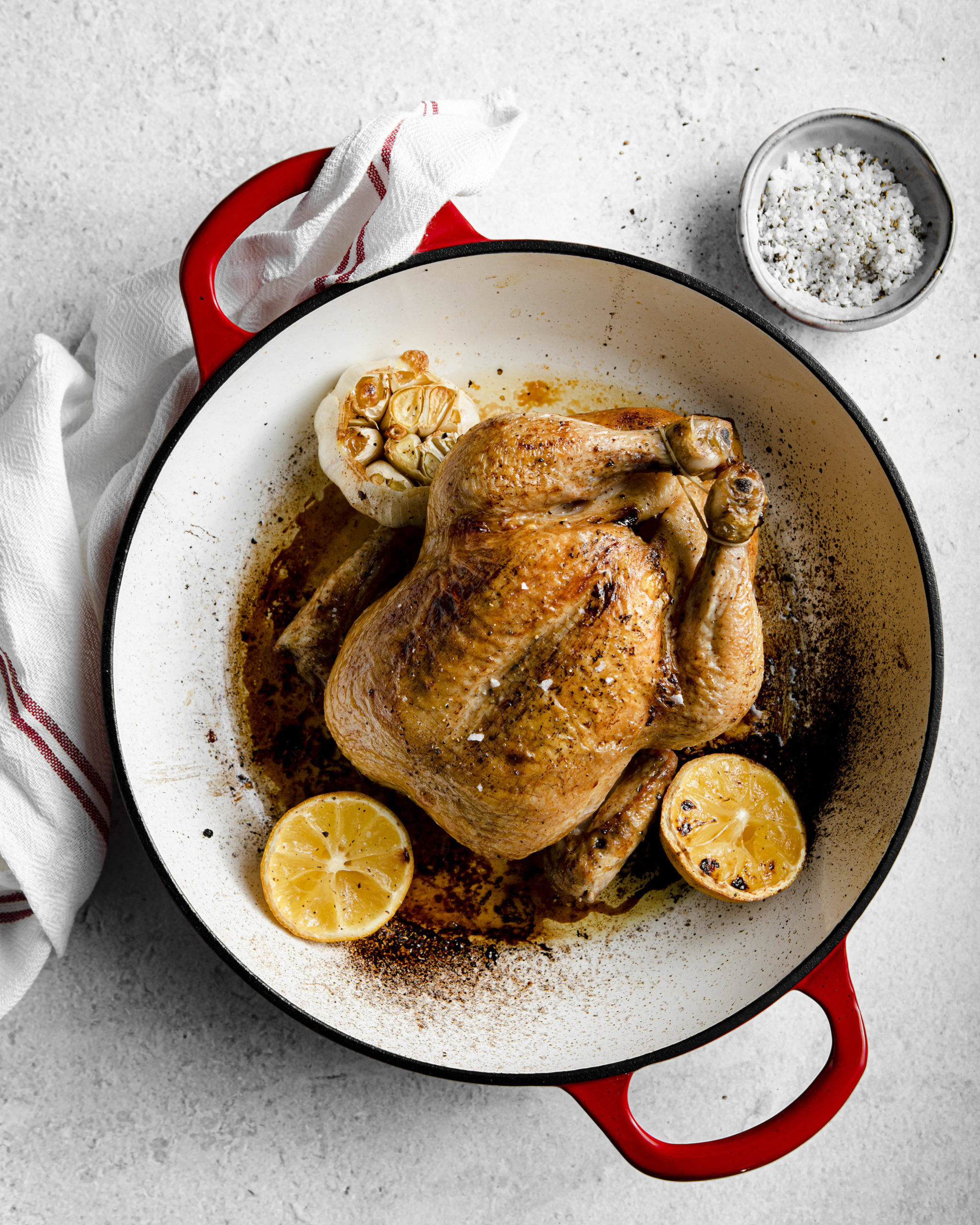
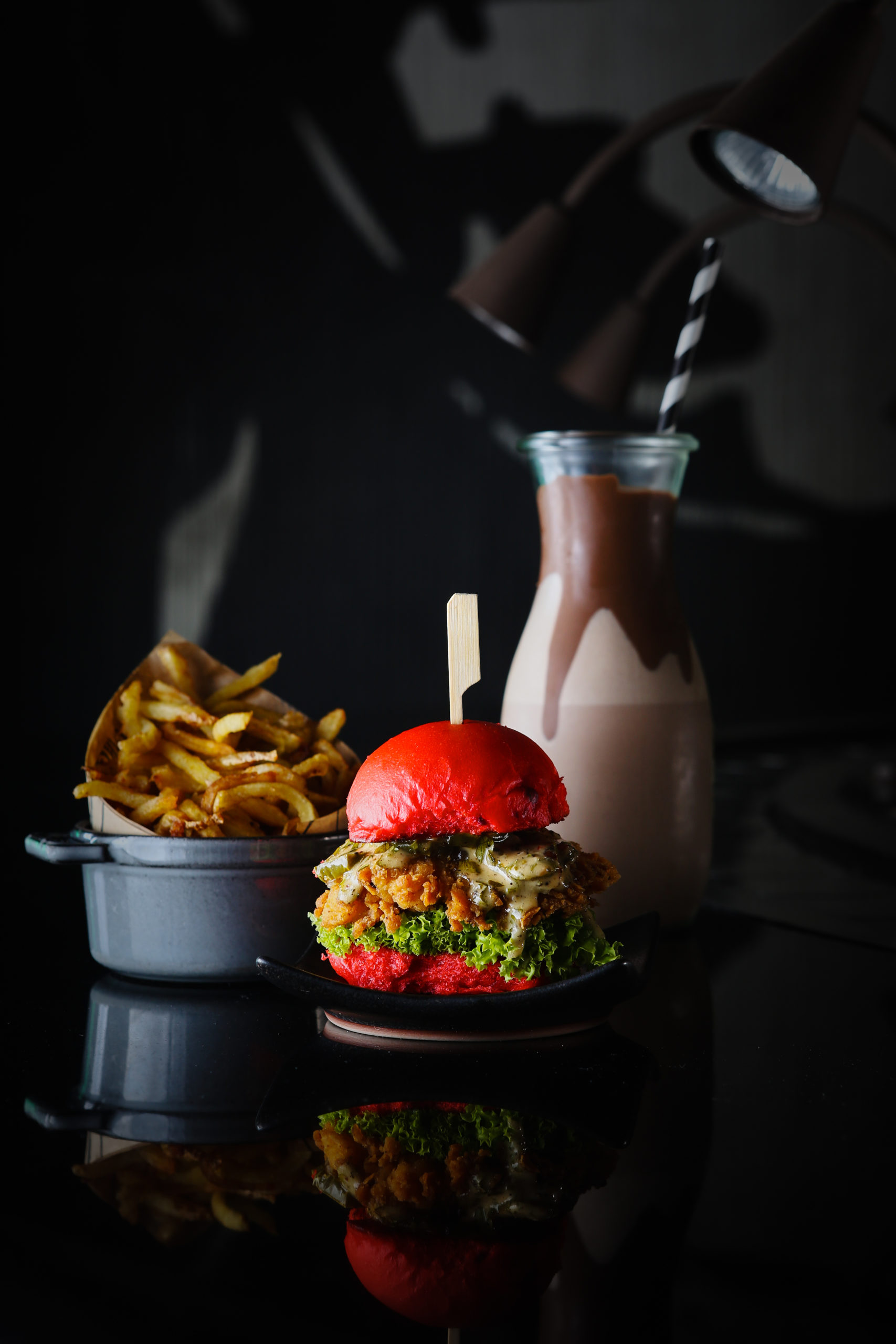
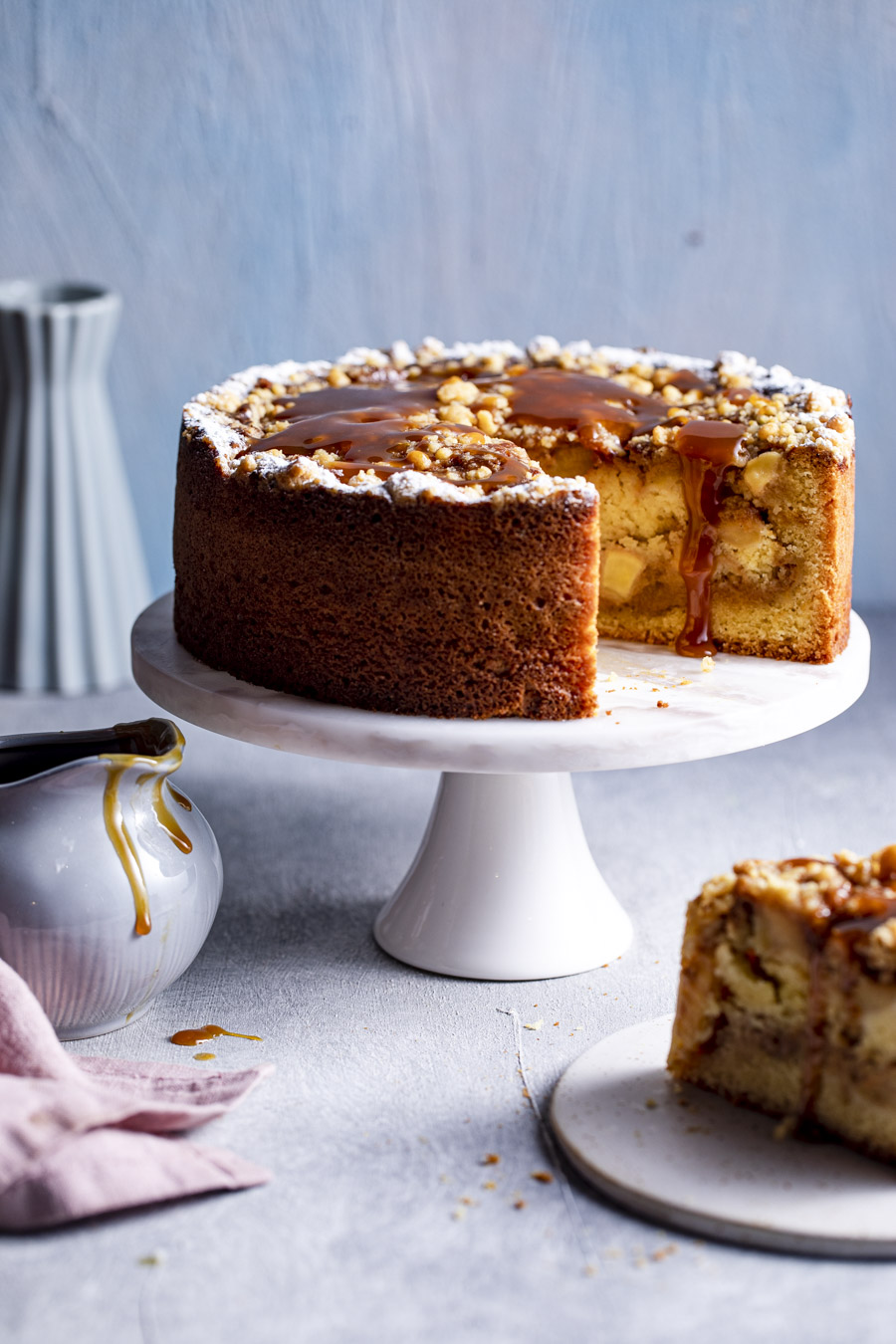
+ show Comments
- Hide Comments
add a comment